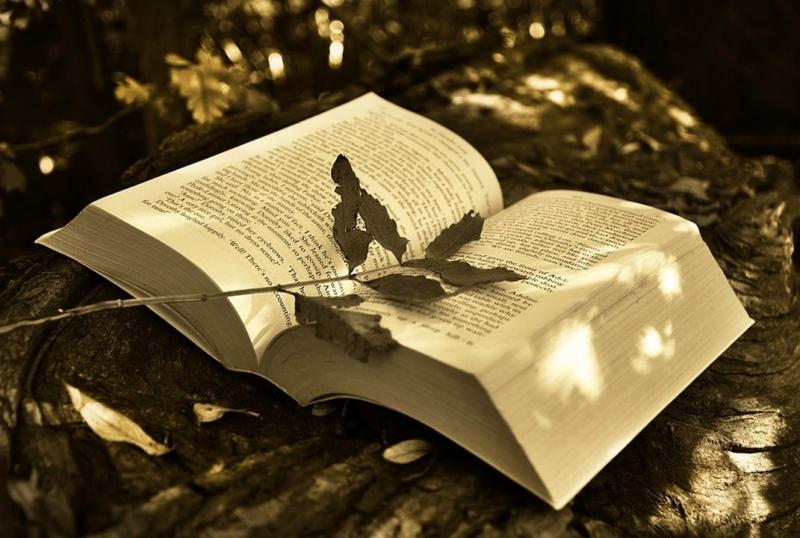This literature review synthesizes empirical research about wildland fire communication to provide practitioners, such as land managers, public health and safety officials, community groups, and others working with the public, evidence-based recommendations for communication work. Key findings demonstrate that it is important to recognize communication as a context-specific and dynamic process, not a linear pathway or prescription, or one-size-fits-all approach. We found that practitioners engaging in this work may be most effective when they get to know their diverse publics, engage in honest and sincere relationship building, and communicate in ways that are locally and culturally relevant. This review offers recommendations from the academic literature for how and where to engage in communication about wildland fire and smoke from wildland fire. These recommendations are not intended to be a set of rigid prescriptions; rather, they are intended to provide a starting point for practitioners to think about the multiple ways to engage with the diverse groups with whom they work.
